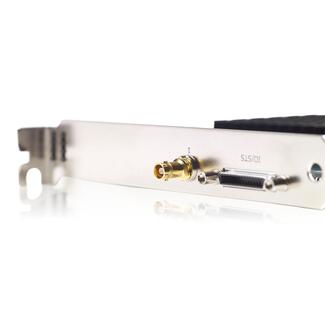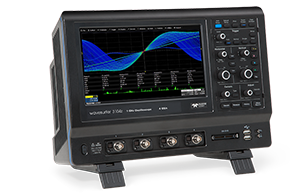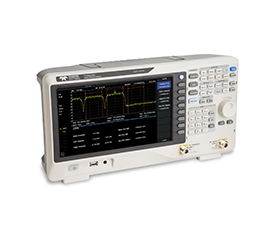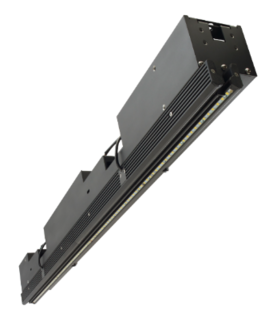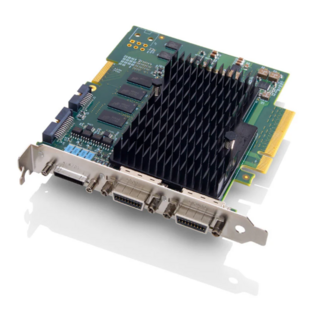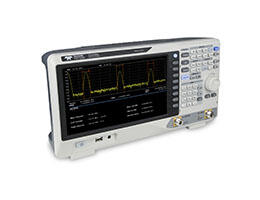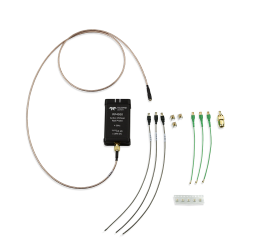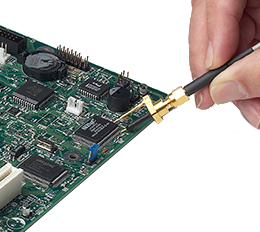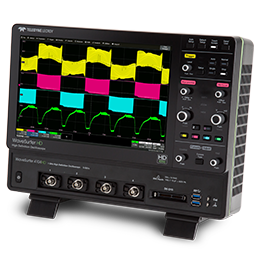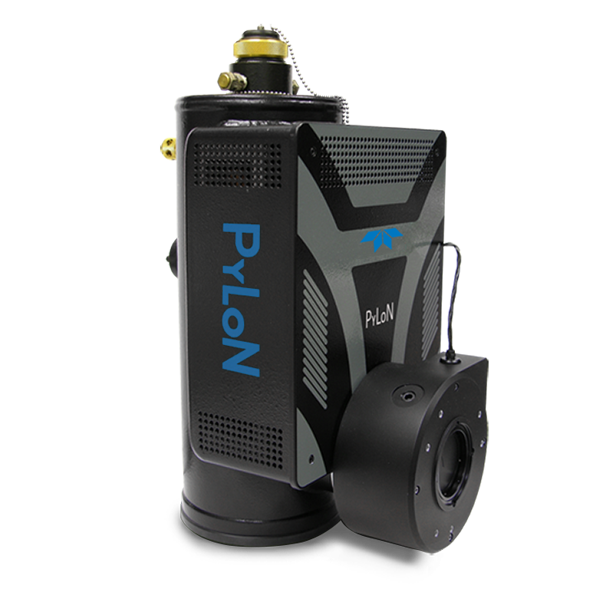Teledyne DALSA - PyLoN Extremely Low Noise Liquid Nitrogen Cooled Cameras
PyLoN® cameras are setting the standard for sensitivity and flexibility in scientific spectroscopy. Cryogenic cooling delivers ultralow dark current ≤1 e⁻/pixel/hour. Flexible CCD sensor architecture supports multiple readout ports to adapt to low signal and high dynamic range experimetns. PyLoN sensors are also featuring Teledyne's patented excelon technology to eliminate fringing and maximize sensitivity.
- 120 – 1100 nm sensitivity
- -120℃ cryogenic cooling
- 50 kHz – 4 MHz readout speeds
- Ultra low noise
Broad range sensitivity
The PyLoN offers the broadest wavelength coverage, from ~120 – 1100 nm, for the widest variety of applications.
With >95% quantum efficiency (QE) with selected CCDs, high QE in UV with UV enhanced CCD and enhanced sensitivity and reduced etaloning with eXcelon™ technology.
Cryogenic cooling
Cooled to -120℃ the PyLoN delivers ultralow dark current, ~1 e-/p/hour, for exposure times of minutes to hours.
A single input window offers maximum sensitivity, with once a day refill requirement. Experimental flexibility is also offered with optional end-on and all-directional dewars.
Ultimate flexibility
Dual-amplifier readout design allows for optimization of system performance. The high sensitivity amplifier reduces read noise for weak signals, and the high capacity amplifier offering increased effective dynamic range.
In addition, the PyLoN improves linearity with its digital correlated double sampling and bias stabilization, giving the best read noise performance below 1 MHz readout speed, a constant baseline for multiple exposure and long integration time applications.
Powered by LightField software
Powerful and intuitive software with built-in math engine allows for the complete control of cameras and spectrographs, with real-time image analysis and spectral data.
LightField software provides seamless integration of hardware controls and direct data acquisition into programmes such as National Instruments’ LabVIEW® and MathWorks’ MATLAB®. This software also fully supports IntelliCal automated wavelength and intensity calibration.
The PyLoN can also be fully controlled by PICAM SDK, eliminating any overhead that can occur when communicating through other development environments.
Models
|
Model Number |
FOV |
Pixel Size (μm) |
QE |
Read Noise |
Dark Current |
Read Noise |
Dark Current |
|---|---|---|---|---|---|---|---|
|
26.8 x 2.0 mm |
20 µm |
99% |
3 e⁻ |
0.3 e⁻/p/hour |
700 ke⁻ |
Teledyne e2v CCD |
|
|
26.8 x 8.0 |
20 µm |
99% |
3 e⁻ |
0.3 e⁻/p/hour |
700 ke⁻ |
Teledyne e2v CCD |
|
|
27.6 x 6.9 mm |
13.5 µm |
98% |
3.5 e⁻ |
0.1 e-/pixel/hour |
800 ke⁻ |
Teledyne e2v CCD |
|
|
26.6 x 6.6 mm |
26 µm |
95% |
5 e⁻ |
1.0 e⁻/p/hour |
700 ke⁻ |
Teledyne e2v CCD |
